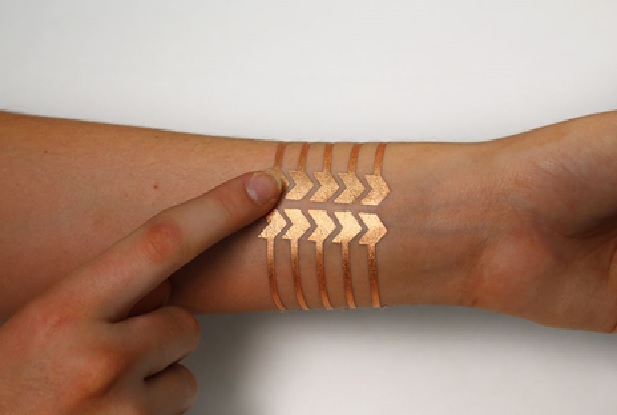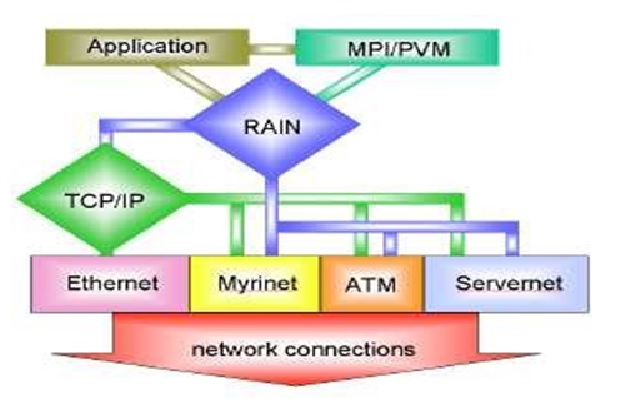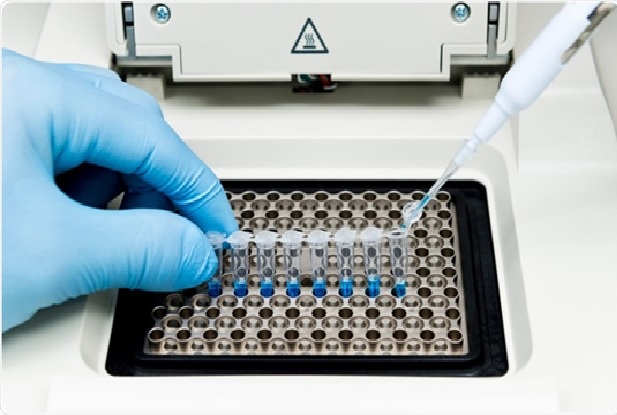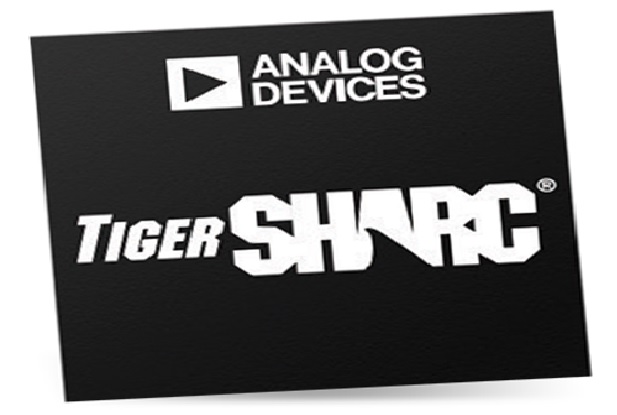Smart Tattoos
Smart tattoos are technically called epidermal electronic systems and can be anything from personalized circuits, to microprocessors or adhesives, and conductors that a person can, for lack of a better word, glue onto their skin. [1]

Figure 1. the Smart Tattoos
Figure 1 shows Smart Tattoos lies at the intersection of fashion, sustainability, and personalized experiences. Inspired by the Flash Tat trend around beautiful temporary tattoos, our research has sought to expand this concept further into the wearables space by augmenting it with sensing and actuation functionality. The emergence of lightweight temporary wearables is a trend we hope to inspire in the minds of people everywhere for two reasons. The first is to enable anyone to design and create their own wearable experiences unique to what they need and who they are. The second is to promote a more sustainable methodology and mindset around the future of wearable technology. [3]
Are Smart Tattoos dangerous
It’s really hard to make Smart Tattoos that are safe, robust and that can last for more than a couple of days.
The main challenge comes from the fact that putting anything on the body means that it has to be bio-compatible. That rules out many materials that people are allergic to, as well as anything that could cause irritation over a long period of time. Microsoft Research originally started the Smart Tattoo project as DuoSkin (a collaboration between Microsoft Research and the MIT Media Lab) with the idea of patterning gold leaves onto adhesives and then sticking it onto people’s skin, and graphene tests have also been done. It is however difficult to highlight the democratising features of a technology when it is composed of rare metals.
Skin also experiences a lot of different forces throughout the day. Depending on where the tattoo is located, it could stay there and be fine, or will be gone 3 hours later because you put your jacket on, taking part of your skin with it in the process (ouch). As such, putting the tattoo on any surface that you can get caught on the edge of something is out of the question. Ay, there’s the rub: we’re trying to keep something on the skin so that it stays there for a long period of time, but can’t stick it so hard that it essentially becomes impossible to remove.
Additional issues include the fact that skin stretches in many different dimensions, that humans sweat A LOT, that we like to put creams on ourselves, that skin changes dramatically with age (older people can’t put on band-aids without running the risk of their skin ripping when taking it off). As Jonathan mentioned, one of the bigger challenges might also be the fact that skin regenerates. [2]
References:
- https://edtimes.in/what-are-smart-tattoos-that-could-turn-skin-into-touchpad-control-smartphone-and-more/
- https://www.thepourquoipas.com/post/smart-tattoos-technology
- https://www.microsoft.com/en-us/research/project/smart-tattoos/
Cite this article:
Thanusri swetha J (2021), Smart Tattoos, Anatechmaz, pp. 65















